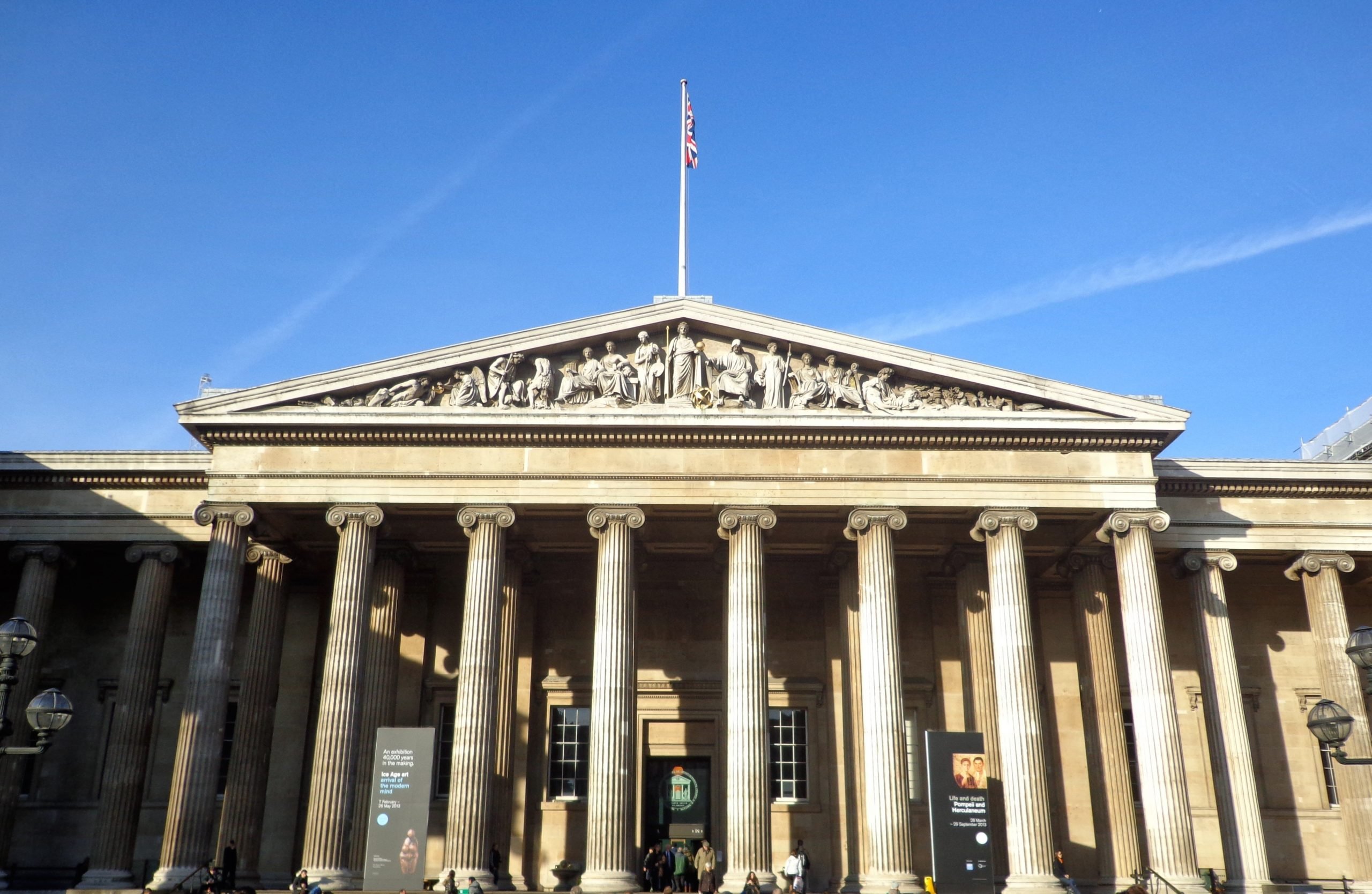
On December 19, the British Museum announced its new Masterplan, laying out how it will “[safeguard] the collection for future generations, in spaces fit for the 21st century.” The plan includes details of a £50 million ($63.2 million) deal with BP.
The museum will receive the money from the oil and gas company over the course of 10 years to “help deliver the museum’s Masterplan and ensure millions of visitors can continue to access the collection for generations to come.”
BP has been in a long-standing, controversial partnership with the British Museum since 1996. BP, previously known as the British Petroleum Company, had its origins as the Anglo-Persian Oil Company, founded in 1909 to drill for oil in Iran.
Other plans laid out in the museum’s Masterplan include the opening of a new Archaeological Research Collection in June 2024, and an international architectural competition to reimagine a third of the museum’s galleries. Plans were also announced for an Energy Centre, designs for which have been submitted to Camden Council. The Centre is promised to see “the phasing out of the use of fossil fuels within the museum’s estate, replacing them with low carbon technologies,” resulting in an estimated annual saving of 1,700 tonnes of carbon dioxide in comparison to the institution’s current footprint.
“Next year we will begin the process of completely overhauling our outdated energy infrastructure and replacing it with state-of-the-art facilities that will dramatically reduce our carbon footprint,” said Charlie Mayfield, the chair of the Masterplan committee, in a statement.
BP’s senior vice president Louise Kingham added: “We are proud to be a long-term partner to this important British institution and play our part in its future transformation—whilst helping to ensure that this iconic cultural venue remains freely accessible to all.”
For years, the museum has been criticized and protested against for its economic partnership with BP. In 2019, in defending the institution’s position, the museum’s chair of trustees Richard Lambert debated with climate change activists, during which he cited public funding cuts as why the museum’s relationship with BP was necessary. The co-director of Culture Unstained, Chris Gerrard, highlighted the issue of BP’s lobbing of the Trump Administration to expand drilling in the Arctic. This debate came after high-profile demonstrations from climate activists BP or not BP? and Greenpeace, and after trustee Ahdaf Soueif stood down from the board in part due to the museum’s relationship with BP.
This renewed partnership deal comes after it was rumored in June that the museum was ending its 27-year partnership with BP. Gerrard told The Guardian that this break-up was a “massive victory” and that “the museum must now confirm that there will be no future relationships with fossil fuel producers, take down BP’s name from its lecture theatre, and roundly reject the climate-wrecking business it represents.”
Discussions regarding the renewed partnership, which first began in June, have reportedly been fractious, leading one trustee to resign, according to The Art Newspaper. In eight sets of minutes from the trustee meetings, which the publication reviewed, George Osborne, the current chair of the British Museum, absented himself from a meeting due to his “conflict of interest” in the decision. Osborne is a partner of the investment banking firm Robey Warshaw, of which BP is a client.
More Trending Stories:
Art Dealers Christina and Emmanuel Di Donna on Their Special Holiday Rituals
Stefanie Heinze Paints Richly Ambiguous Worlds. Collectors Are Obsessed
Inspector Schachter Uncovers Allegations Regarding the Latest Art World Scandal—And It’s a Doozy
Archaeologists Call Foul on the Purported Discovery of a 27,000-Year-Old Pyramid
The Sprawling Legal Dispute Between Yves Bouvier and Dmitry Rybolovlev Is Finally Over